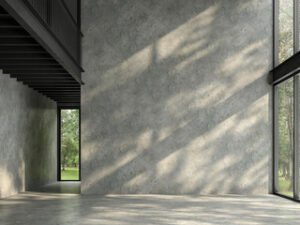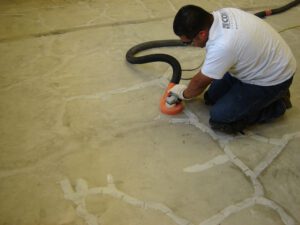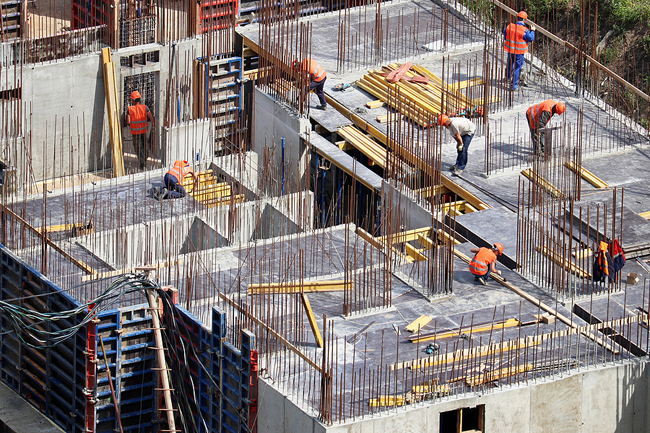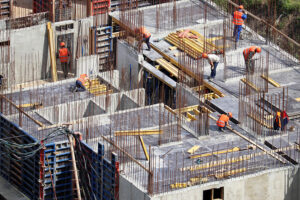Depending on your driveway material and age of your driveway, you may be at the point where it’s time for Driveway Replacement Colorado Springs. The first step is to determine if the driveway has any major damage.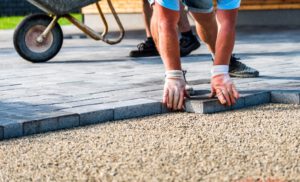
Cracks greater than a quarter-inch, drainage problems, and an age of more than 20 years are all signs that your driveway is ready to be replaced.
Resurfacing is a great way to address major damage without the cost and hassle of digging up your existing driveway and starting from scratch. The process of resurfacing a driveway involves smoothing and covering the surface with a fresh layer of asphalt, leaving you with a flawless, jet-black driveway that looks new again. Resurfacing also helps minimize safety hazards caused by cracked or sunken areas of the pavement.
A professional paver will start the job by washing the surface of your driveway thoroughly, removing any dirt, debris, algae, or weeds that have grown on the pavement. This step is important, as it prepares the area for what’s to come and ensures that whatever is put on top will stick well.
Next, a resurfacing mixture is poured and spread across the surface of the driveway, filling in any cracks and leveling out the surface. The resurfacing mix will contain material that complements the color and texture of your existing pavement, as well as additives like polymers to help it stick. Once the resurfacing has been applied, it is left to dry for 48–72 hours.
Whether you have a concrete or asphalt driveway, you can expect to eventually need resurfacing. While you may be able to patch small cracks, if the damage is extensive, it’s time for a professional to get involved.
Take a walk around your driveway and examine the cracks. Are they more than a quarter inch wide? Do they appear in any areas that were once flat and even? These are signs that resurfacing is needed.
When your asphalt is resurfaced, it will extend its lifespan by several years. A fresh coat of asphalt will cover any cracks, fill in any depressions, and level out the entire surface to eliminate trip and fall hazards for your family and guests.
If you decide to go with resurfacing as your driveway replacement option, be sure to find a pro that is reputable and uses high-quality materials. A cheap price may seem good now, but using subpar materials will dramatically shorten the life of your driveway and potentially cause future problems down the road.
Gravel
Gravel is an affordable option for driveway replacement and has a natural appearance that can complement any home style. It can also be a sustainable choice by utilizing recycled materials. Unlike paved alternatives, gravel allows water to flow through rather than pool, which reduces erosion and mud problems. A gravel driveway can be designed in a variety of ways to provide drainage and traction.
There are many types of gravel available, and deciding which one to choose depends on your budget and aesthetic preferences. The most common type of gravel used for walkways and driveways is pea gravel, which consists of small, rounded stones that are about the size of a pea and come in various natural colors. Because of its soft edges and color, it is easy on both tires and feet. It is also inexpensive and can easily be obtained from a local gravel supplier.
Another type of gravel that is commonly used is river rock, which is typically larger than pea gravel and comes in a range of natural browns, tans, and grays. River rocks are often harvested from streams and rivers and may have additional minerals like sand and clay mixed in with the stone. Alternatively, you can use aggregate or crushed stone that is more refined than river rock and has a more consistent shape. The cost is slightly higher than pea gravel but still relatively affordable.
The disadvantage of gravel is that it can lose its rocks and create ruts over time, making it difficult for wheelchairs and vehicles with large wheels to pass through. In addition, weeds quickly push up through the gravel and can give your driveway an untidy appearance. For this reason, it is important to have a good drainage system set up in your driveway from the start.
A good drainage system will prevent ruts and bare spots from developing over time. It is a good idea to have a professional install this system in conjunction with your new gravel layer. In addition, it is recommended to have a soil sterilizer applied beneath the gravel to kill any existing weeds and ensure that the ground stays healthy and stable over time.
Resin-bound Surfacing
Resin-bound surfacing is very durable and can easily be laid over some existing surfaces (depending on the condition). It is also UV-stabilized, so it won’t discolor, making it a great choice for those with an existing concrete or tarmac driveway. It is highly resistant to cracking, too. With no loose stones, resin binds to the aggregates and creates a smooth surface, which can be brushed or jet washed. Resin can also be laid in a variety of patterns and colors and can even include colored decorative aggregates to add interest to a drive, path, or patio.
Resin-bound is a self-draining system when laid on a permeable base. This is because the aggregates have tiny voids in them, allowing water to pass through and down into the ground or nearest drain. This is a fantastic solution for driveways, footpaths, and outside entertainment spaces.
It is a little more expensive than other options, such as block decorative paving, but the installation process is quick, efficient, and requires expert knowledge in order to achieve the best results. Resin is also highly resistant to stains and marks, particularly those from engine oil, chemicals, and sharp edges from vehicles such as skips and containers, which can cause damage to other types of paving or drives.
A resin-bound surface is easy to maintain; brushing with a broom or jetting it down at regular intervals keeps the appearance looking good and prevents unsightly weed growth. Occasionally, it may require a little resealing in time, but this can be carried out at very little cost by a professional.
Resin-bonded is very similar to resin-bound; however, the key difference between the two is that the bonding agent holds the aggregates together rather than allowing them to freely flow. This is an ideal system for customers who need a non-permeable surface, especially those with drainage problems, as it can be laid on a standard sub-base without needing to lay a permeable SUDS-compliant one underneath. Resin-bonded also allows for the use of a wider range of aggregates, giving it more of a “gravel” look than the fully permeable resin-bound option.
Recycled Rubber
A recycled rubber driveway is comprised of shredded and crumpled old car tires that are pressed into a flexible surface that can be laid over an existing concrete, asphalt, or gravel driveway. It’s often chosen as a coating for playgrounds, as it provides a soft surface with a little extra cushioning for kids to run around on. It’s also an eco-friendly option, as it makes use of waste that would otherwise be tossed into landfills.
Unlike most other types of paving materials, a rubber driveway is resistant to cracking and is able to withstand a lot of pressure. It’s also slip-resistant, which can be a big help on icy or rainy days when it can be difficult to keep your footing without risking losing balance and falling over. You can also expect a rubber driveway to be less noisy than other paving materials, as it absorbs vibrations rather than transmitting them.
The installation process for a rubber driveway is relatively simple and can be done by homeowners, if desired. It’s important to make sure that your driveway is free of debris, oil spots, stains, and other contaminants before beginning the project. In addition, it’s recommended that you acclimate the pavers by piling them up on the edges of your driveway for one day before beginning the actual laying. This allows them to get accustomed to the moisture and temperature conditions in your area.
Another advantage of a rubber driveway is that it’s relatively easy to maintain. For the most part, a weekly sweeping with a soft broom and a monthly cleaning with a pressure washer are all that’s needed to keep your driveway looking its best. Additionally, rubber is more resistant to stains than other paving materials, making it easier to clean up accidental spills and marks.
A final benefit of a rubber driveway is that it’s highly customizable, especially when it comes to color. There is a wide range of options to choose from, including pastels and earth tones as well as more vibrant reds and blues. If you’re interested in a more natural look, you can even choose to have aggregates mixed into the rubber or placed on top of it to create a nonskid, textured surface.


